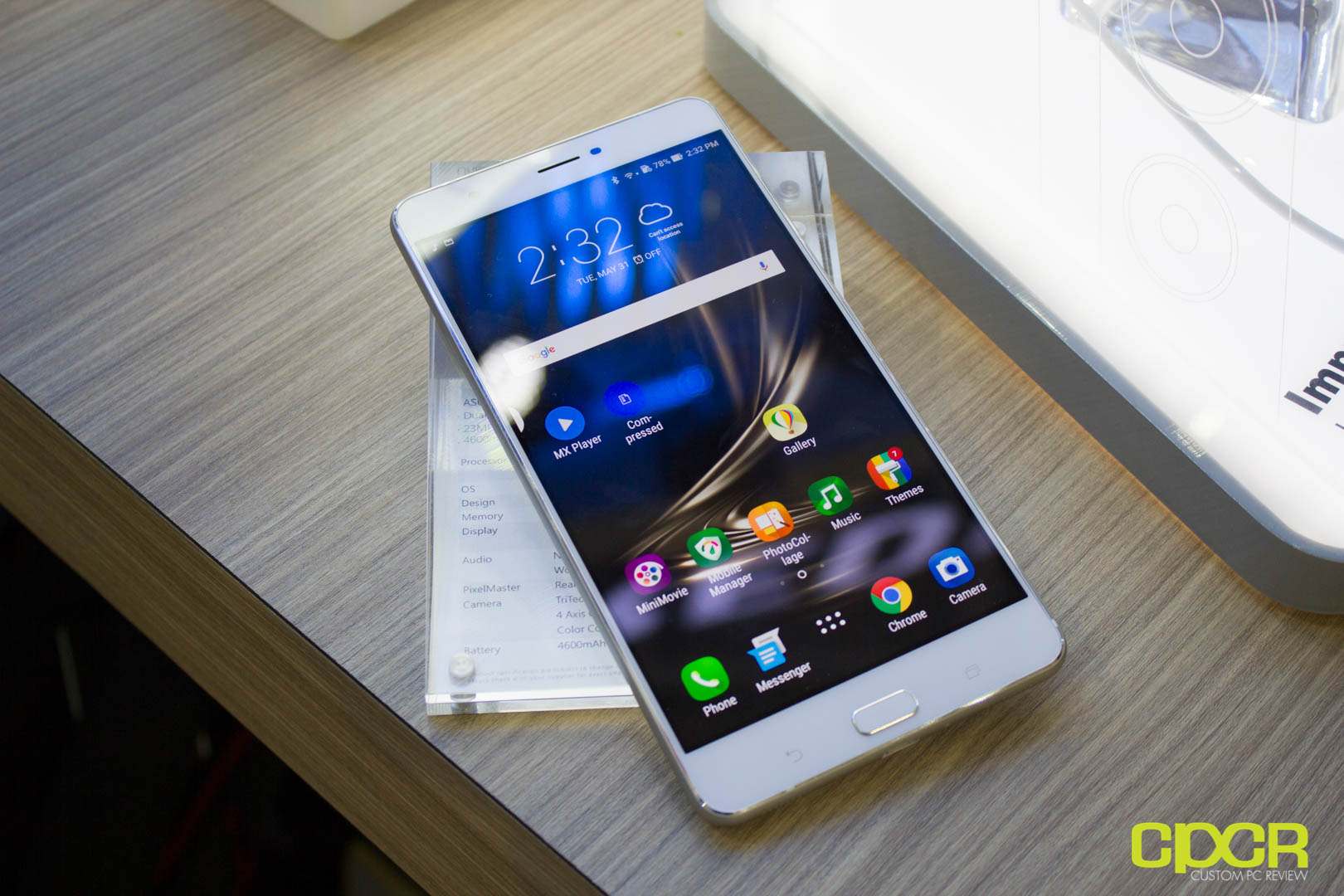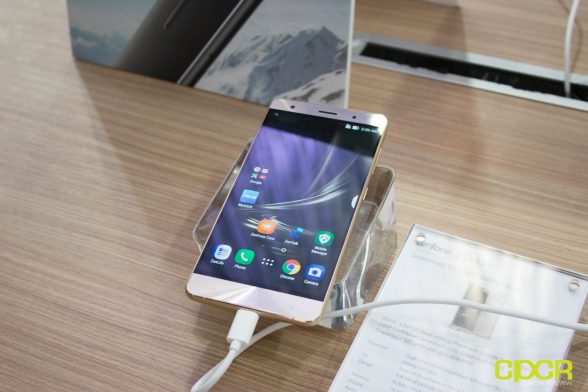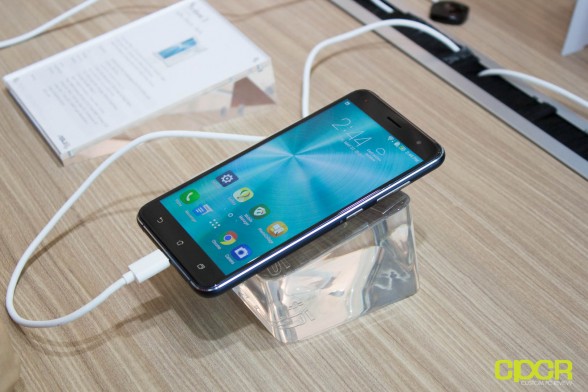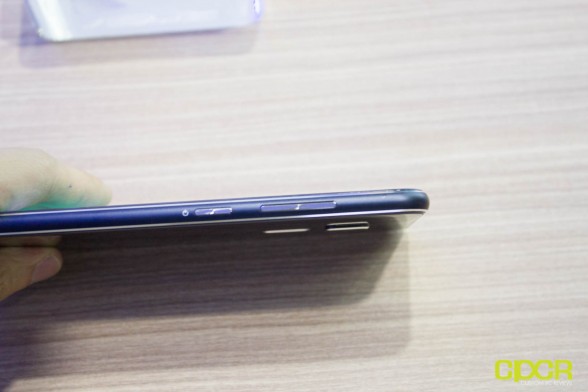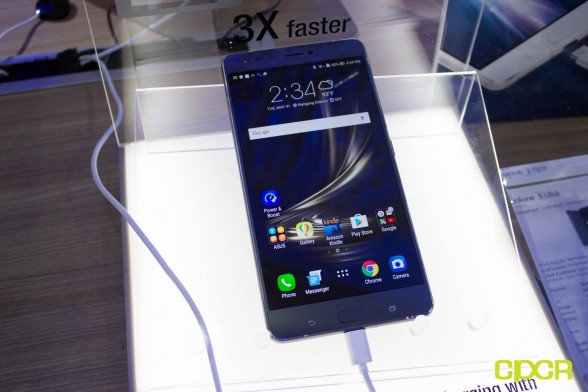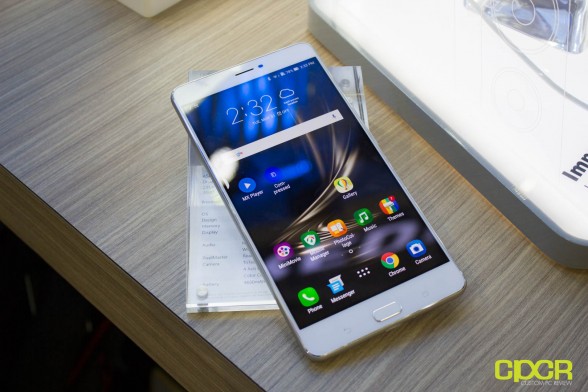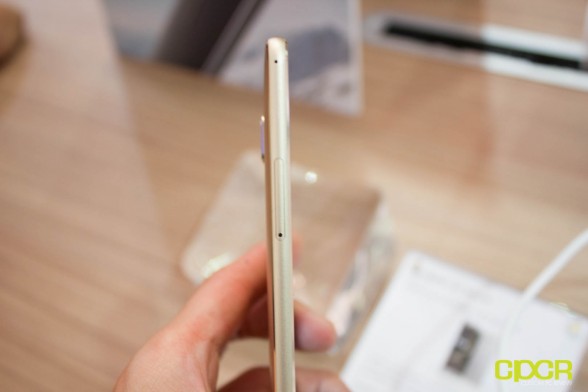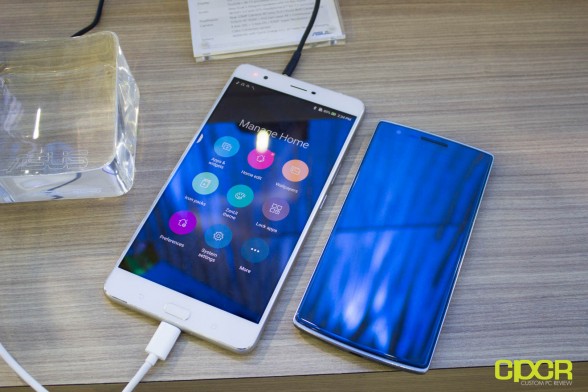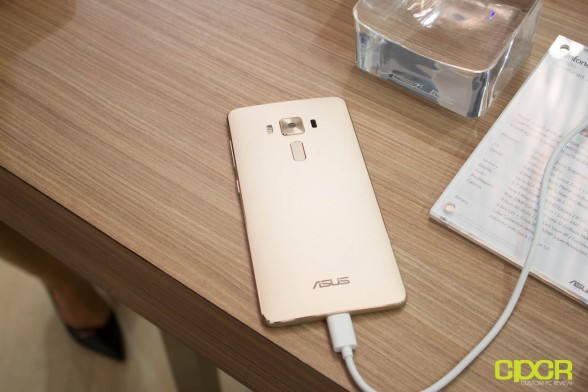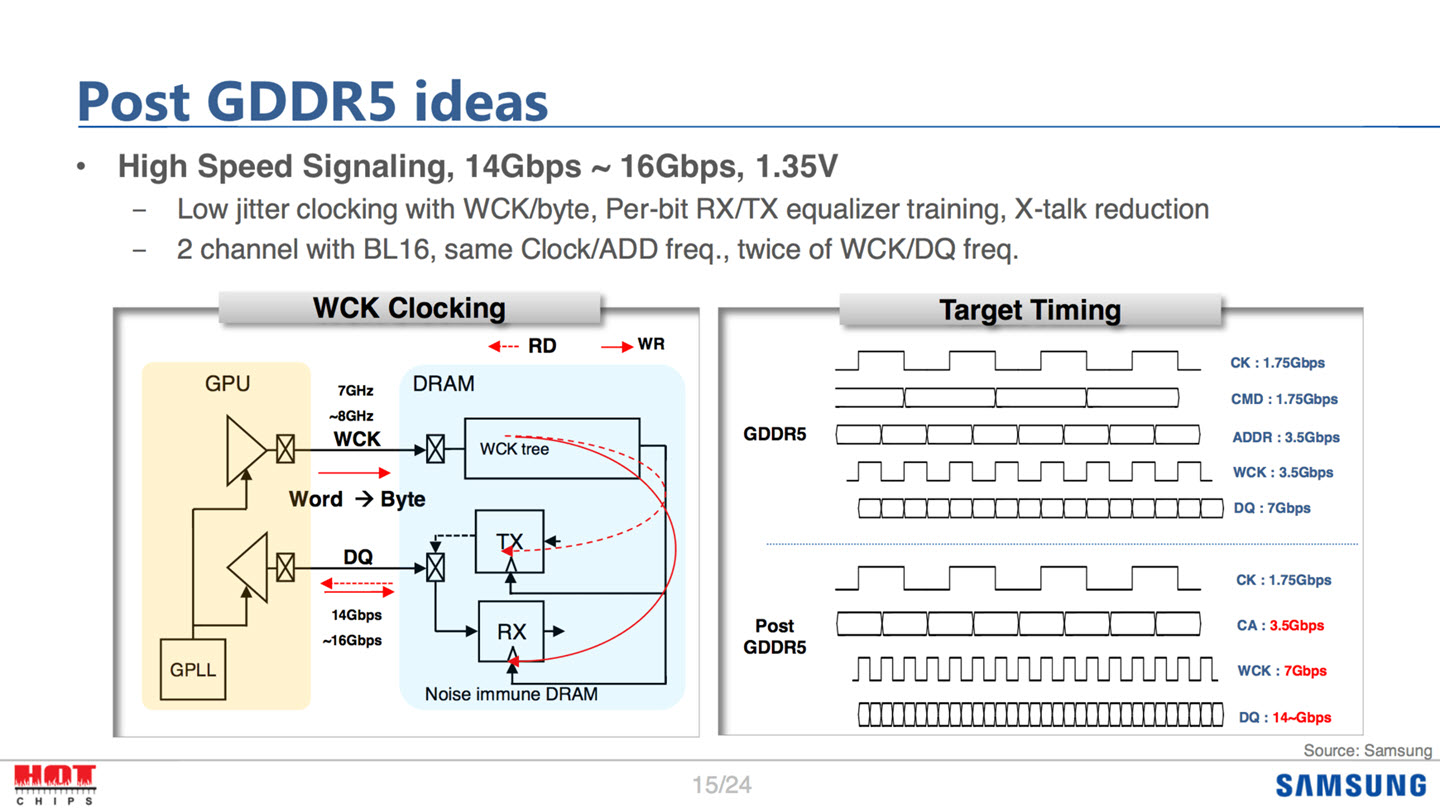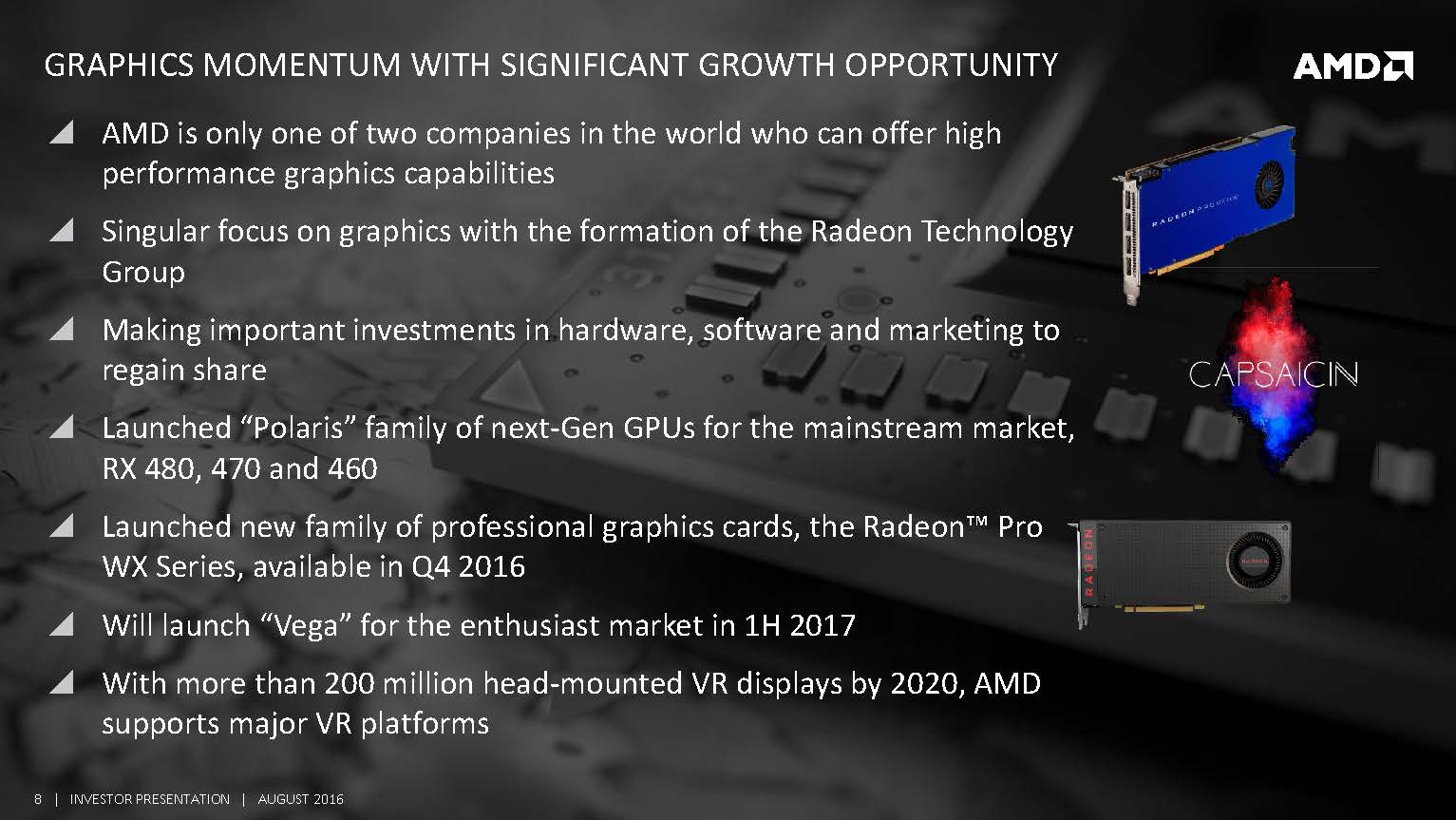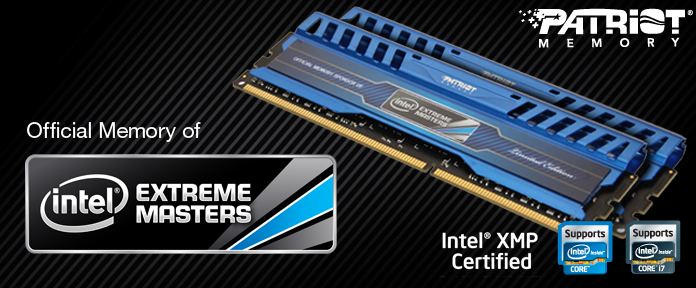One of the major announcements from ASUS is its beefed up Zenfone 3 smartphones. ASUS’s Zenfone series first rose to fame by pressing high-end performance down to a budget price point. The third iteration of the Zenfone continues to build upon that tradition while further expanding on features and quality.
ASUS has divided the Zenfone 3 into three easy to remember tiers. The Zenfone 3 aims to deliver high-end performance at a budget price, the Zenfone 3 Ultra has the largest screen, and the Zenfone 3 Deluxe is the top dog decked out with the best hardware.
| Manufacturer | ASUS | ||
|---|---|---|---|
| Model | Zenfone 3 | Zenfone 3 Ultra | Zenfone 3 Deluxe |
| Processor | Qualcomm Snapdragon 625 | Qualcomm Snapdragon 652 | Qualcomm Snapdragon 820/821 |
| GPU | Adreno 506 | Adreno 510 | Adreno 530 |
| RAM | Up to 4GB | Up to 4GB | up to 6GB |
| Storage | Up to 64GB | Up to 128GB | Up to 256GB |
| Display | 5.5″ FHD Super IPS+ | 6.9 FHD IPS | 5.7″ FHD AMOLED |
| Front Camera | 8MP f/2.0 | 8MP f/2.0 | 8MP f/2.0 |
| Rear Camera | 16MP, Sony IMX298 f/2.0 | 23MP, Sony IMX318 f/2.0 | 23MP, Sony IMX318 f/2.0 |
| Battery | 3000mAh | 4600mAh, QC 3.0 | 3000mAh, QC 3.0 |
Zenfone 3
Thought the Zenfone 3 may be the least expensive option in the lineup, it’s probably the furthest thing from looking cheap. The glass back and the vortex aluminum finish looks absolutely gorgeous. The top and side bezels are fairly thin, making it feel small despite the 5.5″ screen. The corners and edges are rounded so it feels very comfortable to hold. Its weight is also very manageable. The only problem with having a glass back is that it attracts fingerprints like mad. 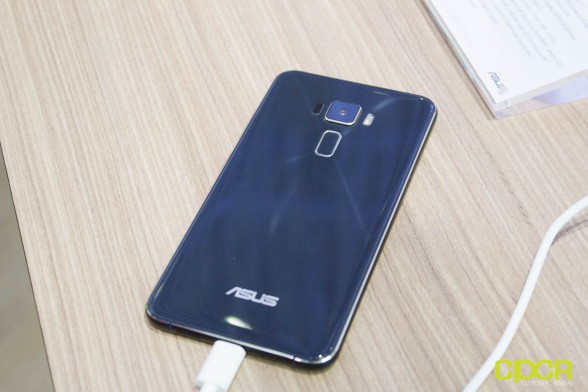
The new ZenUI looks sleek and didn’t feel bloated. I didn’t see any excess apps installed in the app drawer (but it could just be because it’s a showcase model). The overall experience was smooth. I played a 10-minute video to see if the phone would heat up, it didn’t.
The laser autofocus is crazy fast. I pointed the camera from one distance to another and the focus adjusted instantaneously. ASUS had a demo where a toy train carrying a text card moved towards the camera, and sure enough, the focus adjusted throughout without a break in between. HDR worked great as well; ASUS had a side-by-side comparison with the iPhone 6 Plus and the Zenfone kept a lot more colors in a test image.
The battery is 3000mAh. For some reason, this is the only phone in the family that lacks quick charging.
The only disappointment is the lack of a removable battery and the dual-purpose SD card slot. The battery I get: the phone is thin and the back is glass, but why make a micro-SD slot double as the Nano SIM slot? For clarification, the Zenfone 3 supports dual sims, one Micro SIM and a Nano SIM. The Nano Sim is the one that must be inserted into the SD card slot.
Zenfone 3 Ultra
The Zenfone 3 Ultra sits in the middle of the Zenfone series in terms of specifications. It uses the Qualcomm 625 SoC and Adreno 510 GPU. Premium aluminum body covers the back, which is home to the rear camera, laser autofocus sensor, two-tone dual LED flash, and the fingerprint sensor. I didn’t get to test its low light performance, but the image quality in a brightly lit room looks pretty sharp.
The Zenfone Ultra can host up to two SIM cards: one in the external micro SD slot and one in the SD card slot. Just like the Zenfone 3, if you decide to go with two sims, you’ll have to sacrifice the ability to use an SD card. Luckily, the Zenfone 3 Ultra comes with up to 128GB of storage so you may not need to tack on more storage.
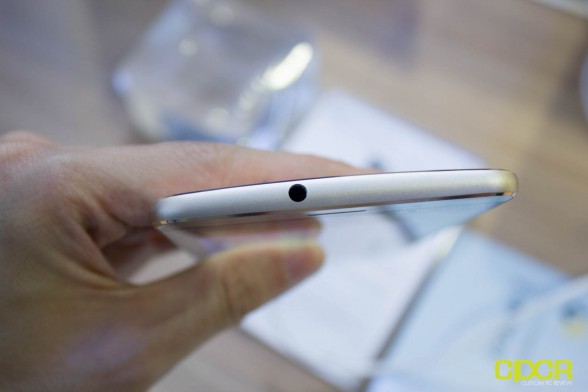
ASUS has massively revamped the audio for the Zenfone 3 Ultra. It’s the first phone with DTS HeadphoneX for virtual 7.1 surround sound. Unfortunately, we didn’t have a surround sound speaker on us to try it out. ASUS had an audio demo running that showed off its five-magnet stereo speakers. That specific device felt very hot to the touch since it had been running a video continuously for hours on end.
Saying the Zenfone Ultra is big would be the understatement of the year. Its colossal 6.7″ screen pushes it into the tablet territory. Slap on the top and bottom bezels and you have a phone that’s almost as big as some purses. My 5.5″ OnePlus One looked minuscule in comparison. In terms of usability, the Zenfone 3 is way too big to be operated with one hand. That being said, there are a few benefits to its gargantuan size: Its crisp, vivid screen makes reading an absolute joy, and its roomy interior holds a whopping 4,600mAh battery.
All three devices in the Zenfone 3 family uses USB type C, but only the Zenfone 3 Ultra is DisplayPort compatible.
Zenfone 3 Deluxe
This is the phone that’s looking to move the most volume alongside the Zenfone 3. As the highest-performing member of the Zenfone series, the Zenfone 3 Deluxe comes with nothing but the best.
Encased in the unibody aluminum shell, the Zenfone 3 Deluxe uses Qualcomm’s most powerful SoC, the Snapdragon 820 or 821. The demo unit has been running all day, but the phone didn’t feel hot to the touch. Graphics is handled by the Adreno 530 GPU. In my hands-on, the Zenfone 3 Deluxe was extremely speedy, but there weren’t any intense apps on there that I could try out.
The Zenfone 3 Deluxe also has the best camera in its family. It uses a 23MP Sony IMX318 sensor with laser and phase detection autofocus. Just like the other phones, the autofocus delay is almost non-existant. I wasn’t able to tell the immediate difference in picture quality the higher resolution offers, that test will have to be saved for our review.
ASUS is also preparing a wide range of accessories available for the Zenfone 3 series.
The Zenfone 3 will start at $249. Stepping up to the Zenfone 3 Ultra would cost you $479. Jumping to the Deluxe would only cost $499, a small delta of just $20. It all comes down to what size screen you want the most.

